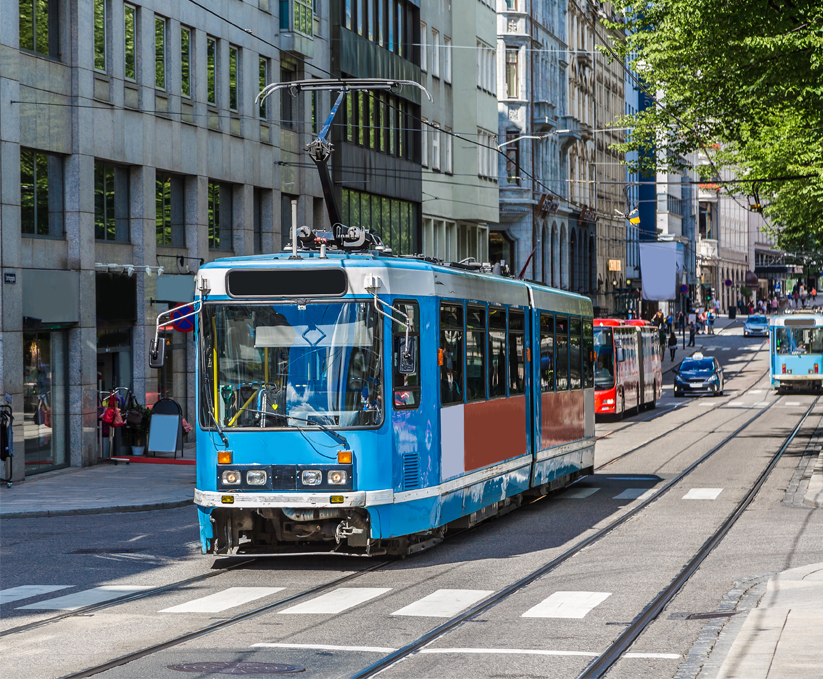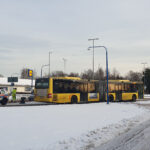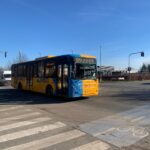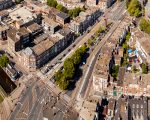
Flexible priority for public transport at traffic lights using existing equipment
The smooth flow of buses and trams is important to increase reliability, which in turn makes public transport more attractive to passengers. This is why many cities and municipalities give public transport vehicles priority at traffic lights. These priority systems often use specially fitted equipment that is installed along the roadside or inside the vehicles. Technolution Move’s traffic priority solutions offer greater flexibility by using existing equipment. This means there is no need for cities and carriers to install new technology.
Priority for buses in Oslo
Most priority systems work with detection loops in the road or radio transmitters in the vehicles. These send a direct signal to the next traffic light. This is reliable technology, but it is not very flexible and is relatively expensive to install.
Technolution has realized a flexible, configurable bus priority system for Oslo which does not require any special radio equipment or detection loops. The system uses already available real-time public transport information that is used to provide up-to-date information to travelers. This priority system allows traffic managers to prioritize specific buses or trams. For example, traffic managers can:
- always give express buses higher priority;
- give late vehicles higher priority;
- give full vehicles higher priority than empty vehicles;
- adjust green times to the closure of doors;
- give priority to buses that have to make a connection;
- switch public transport priority on or off in specific locations.
These options depend on the available public transport information. Technolution Move’s priority system is fully configurable. The traffic manager can create, edit or delete settings at any moment.
How does it work?
The systems in Scandinavia use the automated, wireless communication between public transport vehicles and the traffic control center. Public transport carriers use this to track the GPS locations of their buses and trams, and to check whether vehicles are ahead of or behind schedule. Often, this data also contains other information about the vehicle, such as speed, occupancy level or the opening/closing of doors. This data forms the basis for the priority system. The user of the priority system sets the geographical locations where vehicles report back (reporting points). Then, we compare the real-time data provided by the vehicles with these reporting points.
Whenever a vehicle passes a reporting point, the central control system determines whether, and if so, when, a signal is sent to the traffic light controller (TLC). As soon as it receives the signal, the traffic light controller gives the vehicle high priority, which means it will get a green light sooner. Because the reporting points fulfill the same function as detection loops, we also call these points virtual sensors. In contrast to detection loops, which have to be cut into the road surface, virtual sensors can be created or moved simply by changing the settings. This makes the priority system very flexible.
Related solutions and projects
Let’s talk about bus priority
and find out how we can help you




